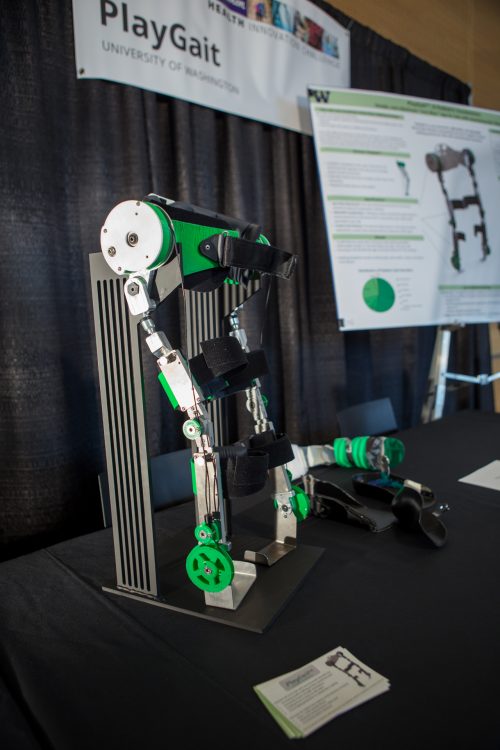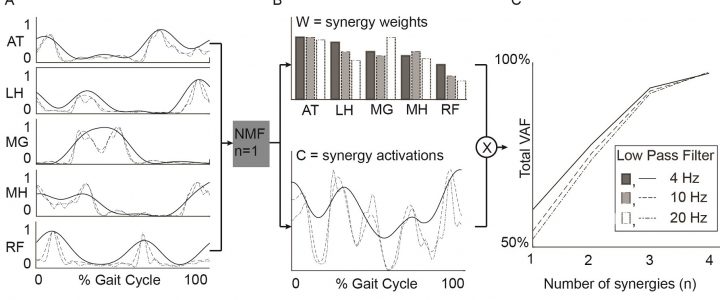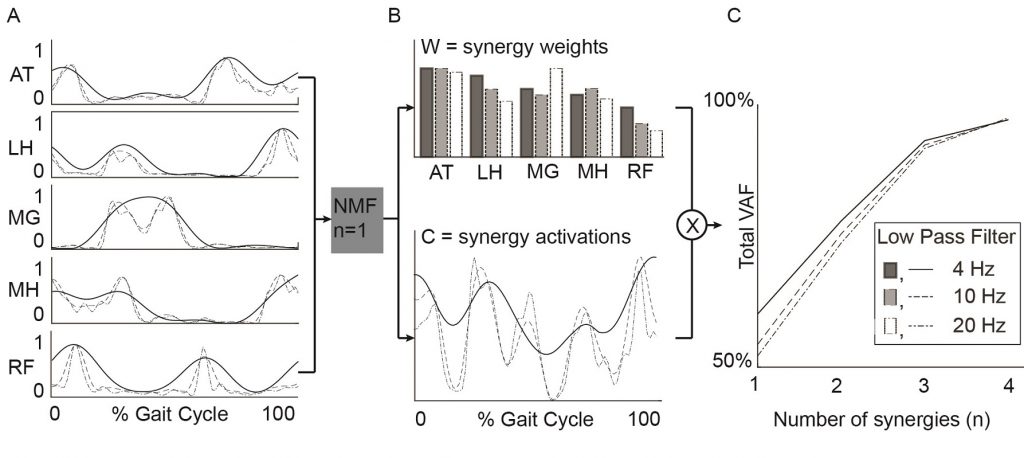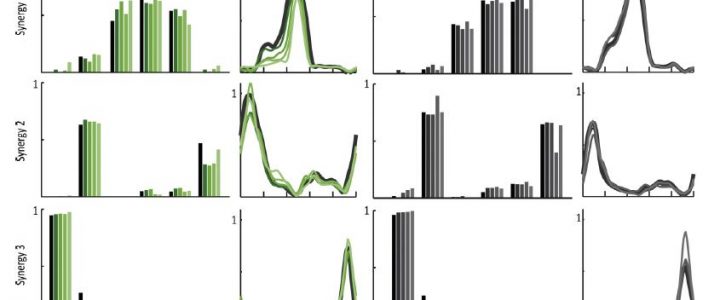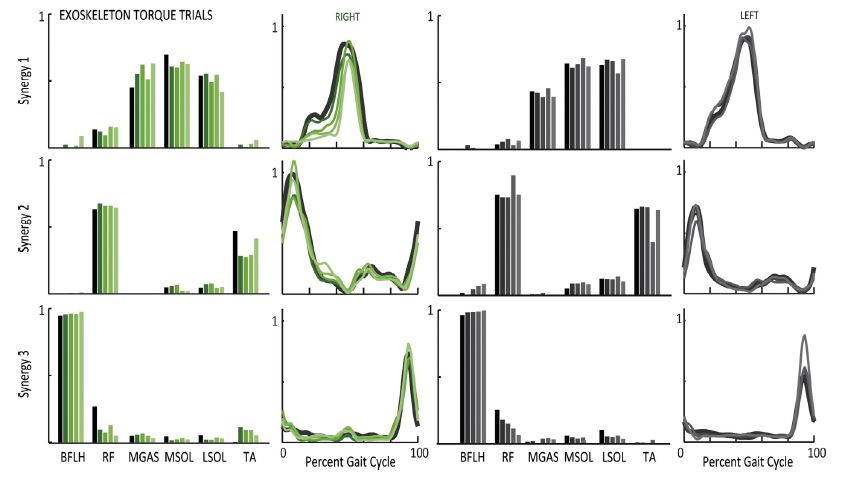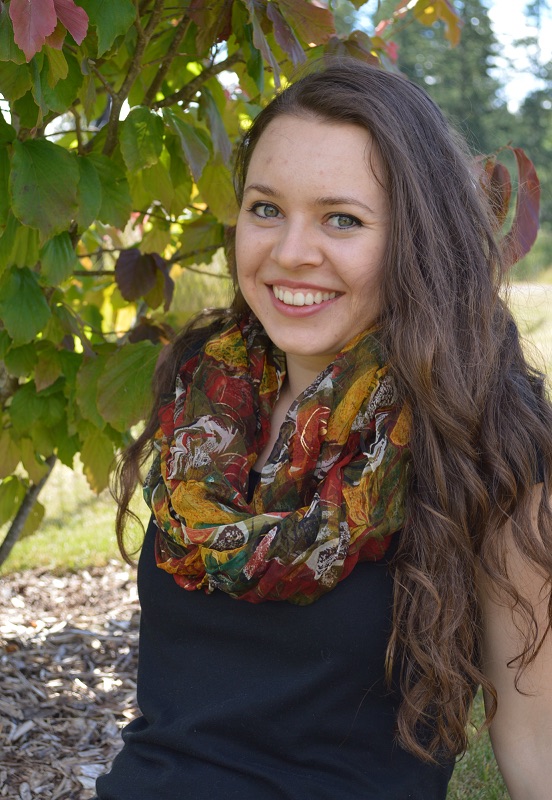The National Institutes of Health recently released the “Strategic Plan for Cerebral Palsy Research” which outlines challenges and priorities to guide future research to improve the lives of people with cerebral palsy.
Our diverse research group enjoyed reading and discussing this plan, which will likely influence our future research goals and support. We’ve shared our group’s comments, organized and prepared by Dr. Heather Feldner, below:
“Our research group appreciated the committee’s focus on creating a centralized data source for CP, attention to the needs and perspectives of adults with CP, their childhood experiences, and their transition from pediatric to adult healthcare providers, and the call for greater caregiver support services and patient-reported outcomes. However, we also had concerns. First, the terminology is inconsistent and often inappropriate. “Cure”, “damage”, and the implication that people with CP cannot be “healthy” is not empowering language in supporting the lives, unique contributions, and perspectives of people with CP as diverse and valued individuals in our society. Further, while advocates of people with CP were included in this stakeholder group, there is a concerning lack of people who actually have a diagnosis of CP, when these should be the primary stakeholders setting a research agenda about their own lives and needs. Finally, given the uncertainty of government funding agencies like the NIH under the current administration’s budget proposal, and the speed of science of translating research from bench to bedside, it appears that too little priority has been placed on interventions or programs that could have an influence right now for the people living with CP in the US dealing with self-identified participation issues such as access to employment and education, as well as impairment-related needs such as pain management, access to technology, and functional mobility.“
We are excited that NIH is engaged to set a national research agenda for cerebral palsy and we look forward to continuing to serve this community.


